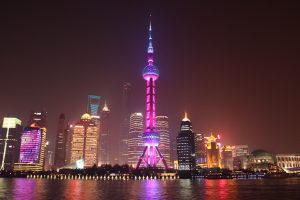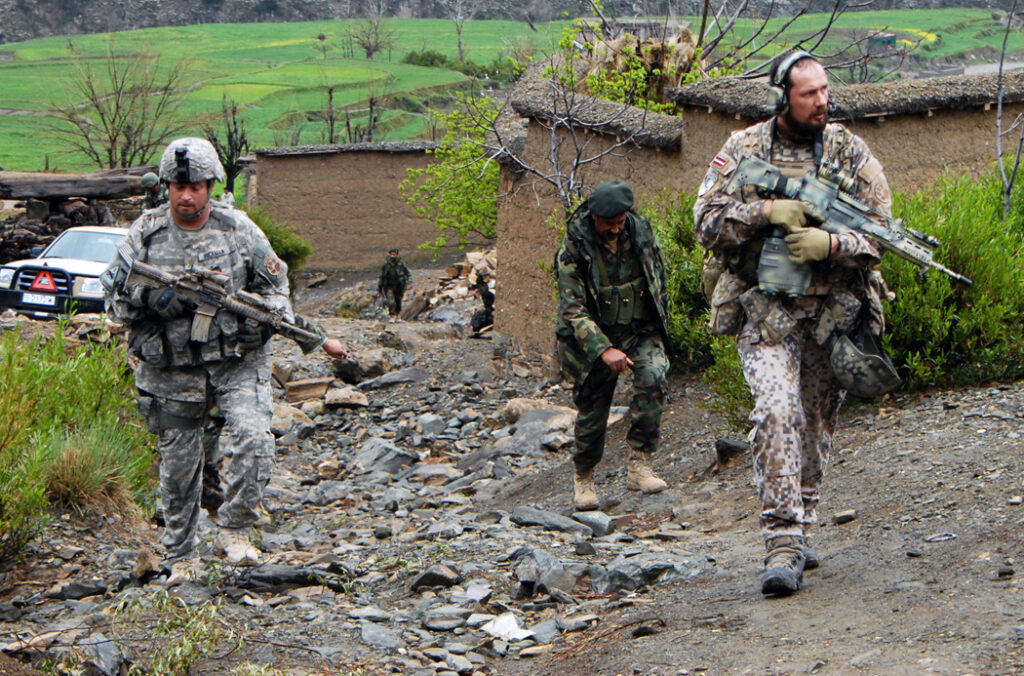By Chan Kung and He Jun
Judging from moves made by countries throughout the world in the past two years, the global economy (including the automobile industry and energy industry, among others) has picked up amazing momentum in the transition and shift toward new sources of energy. In the past, such measures were either taken halfheartedly or merely discussions that did not result in any action, but they are now being rapidly implemented at all costs. Environmental protection and ecology are, of course, an all-too-common universal reason, but in our opinion, this reason is still secondary. The real motives are in fact, all based on geopolitical considerations. Every country is hoping to avoid major energy risks in the future – by undergoing an energy transition, they want to prevent energy insecurity.
Based on the same reasoning, we have vigorously advocated for China to build a “hydrogen energy society” in recent years. Pursuing new energy vehicles is not an end in itself, but a means to avoid energy risks and prevent national policies from being hijacked by energy issues. In that sense, geopolitical considerations will build one of the foundations for China’s development of hydrogen energy. Hydrogen energy is significantly different from conventional energy sources and will provide structural support for China’s energy security. It appears that other countries are now also starting to attach great importance to new energy as a mean of pursuing energy security – just look at Germany’s extremely generous $1.2 billion in subsidies to Tesla for the production of power-cell batteries.
As the world’s largest energy consumer, China faces the world’s most severe energy security threat. Chinese President Xi Jinping’s pledge to the world that China will achieve an emissions peak by 2030 and carbon neutrality by 2060 serves not only to demonstrate the country’s contribution to climate change mitigation and its responsibility as a major country, but also provides a solution to the issue of energy security that China faces.
China’s current energy consumption is facing severe threats both in terms of scale and composition. Its economic growth in 2019 was 6 percent, and the total energy consumption in the same period was 4.86 billion tons of standard coal equivalent (TCE), an increase of 3.3 percent over the previous year. Also in 2019, coal accounted for 57.7 percent of China’s total energy consumption (a decrease of 1.5 percentage points from the previous year), oil accounted for about 19.3 percent, natural gas 8.3 percent, and primary power as well as other non-fossil fuel energy sources (including hydropower, nuclear power, wind power, and other clean energy) 14.9 percent.











